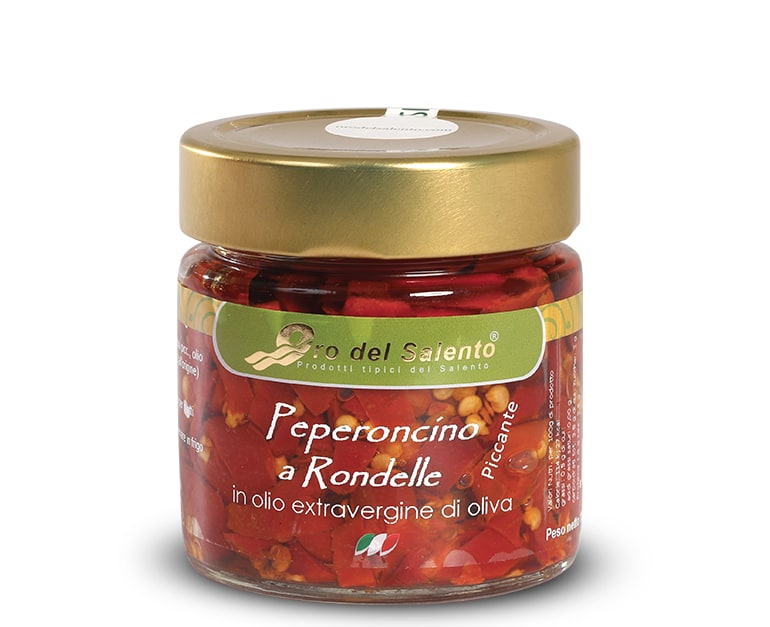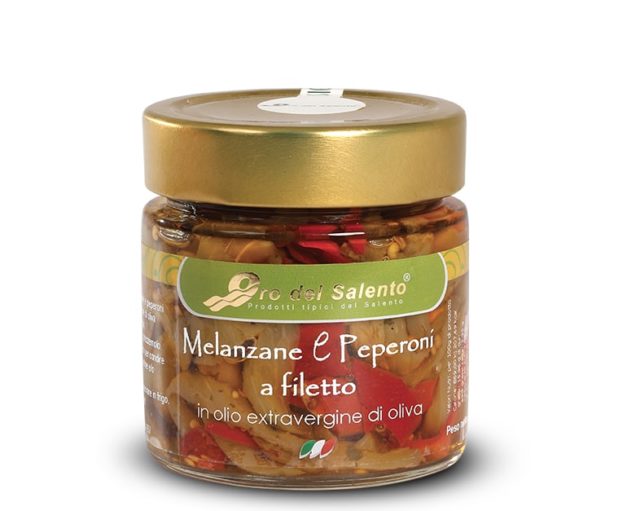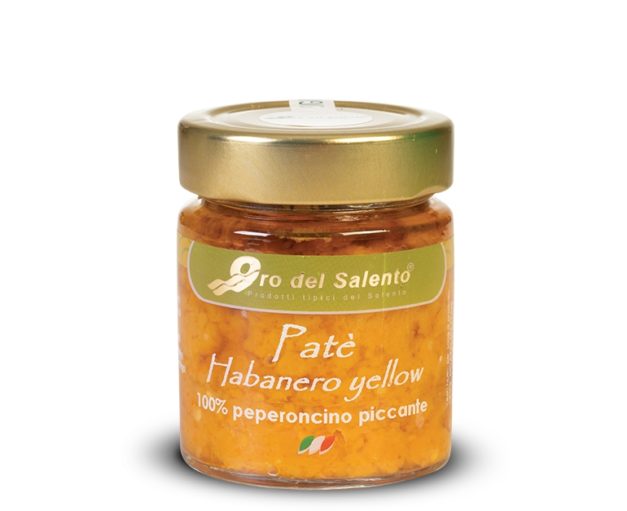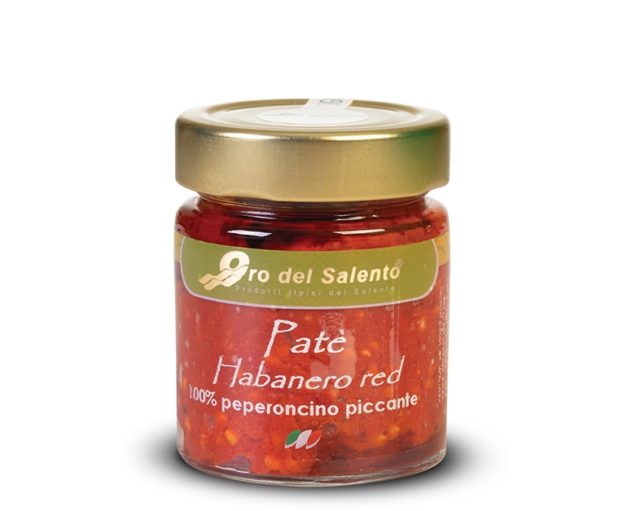Already five thousand years before Christ, the Hot Pepper, also known as “the red gold of the table,” found various applications among the populations of Central and South America.
Arriving to us thanks to Christopher Columbus, it was immediately appreciated and used not only as a spice but also as a true natural medicine.
The hot pepper, belonging to the genus Capsicum and the family Solanaceae, is represented by a myriad of varieties, depending on the cultivation locations and the degree of spiciness, expressed in Scoville degrees.
Varieties of Hot Pepper
Among the most common species is certainly Capsicum anuum, which includes the common hot pepper in Italy, Cayenne pepper, and the Mexican Jalapeno. Following, in order of importance, is Capsicum baccatum, Capsicum chinense (a variety that includes Habanero, one of the hottest in the world along with Dorset Naga), Capsicum frutescens (which includes Tabasco), and Capsicum pubescens.
The spiciness of hot pepper is due to the alkaloid capsaicin (an active ingredient with a thousand beneficial and phytotherapeutic properties), related to four other natural substances known as capsaicinoids.
Capsaicin, interacting with some thermo-receptors present in our body, particularly in the oral cavity and stomach, produces a burning sensation, without any actual increase in temperature. Popular tradition teaches that to counteract this sensation, one should never drink water, but rather chew bread or drink milk.
Hot pepper finds various applications in cooking, thanks to its versatility: it is consumed fresh, dried, raw, cooked, or in oil, in all kinds of dishes, and even in some beverages. These different modes of use are also due to the benefits that its consumption entails.
Properties of Hot Pepper in Oil
The Hot Pepper in Oil contains, in addition to capsaicin, resins, essential oils, carotenoids, cellulose, calcium, iron, and vitamins A, K, B, and L.
Notably, it contains flavonoids, which have high antibacterial and antibiotic power, and vitamin C, a highly antioxidant substance. Thanks to its beneficial properties, the Hot Pepper in Oil promotes the production of enzymes that aid digestion; it is also an excellent vasodilator that makes capillaries elastic and contributes to the prevention of various cardiovascular diseases, such as stroke, heart attack, or arteriosclerosis.
It also stimulates the sympathetic nervous system, accelerating nerve conduction and activating the nerve centers of attention and mood.
To this day, the Hot Pepper in Oil continues to be studied for its presumed beneficial interaction with the body regarding cancer prevention and treatment.
This plant is also used externally for its analgesic and therapeutic effect, and for this reason, it is considered important for the treatment of various conditions, from back pain to rheumatism.
Thanks to vitamin E, hot pepper is also known for its astonishing aphrodisiac properties (here is our coarsely ground variant of hot pepper called Focu Salentino), in addition to having gained a respectable role for its effectiveness in combating excess weight and fighting depression, thanks to its contribution to the production of endorphins, substances responsible for mood regulation.
Hot Pepper in Oil from Oro del Salento
The hot pepper in oil comes in a jar with 65% hot peppers, extra virgin olive oil (at origin), and a pinch of salt, ideal for seasoning hot dishes, cold dishes, canapés, and/or for appetizers.








Reviews
There are no reviews yet.